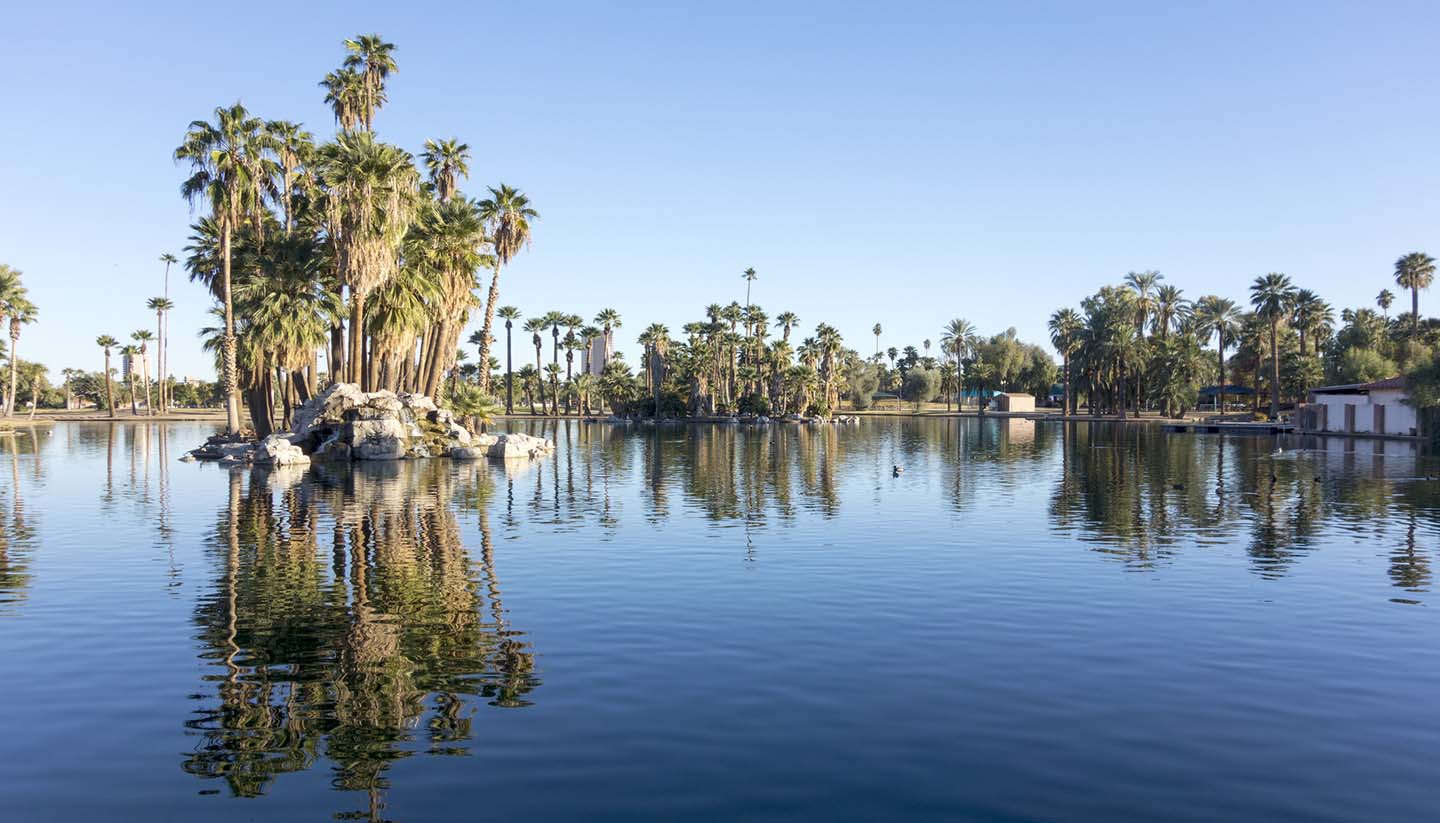Phoenix History
It isn’t obviously apparent, but the history of Phoenix is rather lengthy. First through the door were the Hohokams, a Native American people who settled the arid landscape 25,000 years ago.
They built a large network of canals, designed to help with irrigation and allow for the planting of crops. But their success did not last, with the Hohokams eventually forced out by both floods and drought by 1450.
In their place came the O'odham and Sobaipuri peoples, although thanks to their nomadic lifestyle, it would be another three centuries before another permanent settlement sprang up.
This came courtesy of a prospector called Swilling who explored the area and set up home at the foot of the White Tank Mountains in 1867. Incorporated as a city in 1881, it swiftly grew and, by the turn of the 20th century, boasted rail links and its own newspaper.
Growing rapidly in the early years of the 20th century, Phoenix became a popular destination for tuberculosis sufferers thanks to the hot, dry climate that provided the only cure for the disease the period had to offer. It also became capital of Arizona in 1912 and it got its own airport, Phoenix Sky Harbor, in 1929.
Although WWI passed it by, WWII proved the making of the city, with Phoenix responsible for the manufacture and distribution of weapons and other military supplies. It also housed a prisoner-of-war camp which saw an escape attempt towards the end of the war when a group of prisoners broke out and attempted to flee to Mexico via the Salt River - not realising it had been dry for decades.
In the post-war years, Phoenix boomed – largely as a result of the veterans stationed there during the conflict and who returned in their droves once it was over. It also developed a reputation for prowess in the tech industry, attracting Motorola among any others, and built on that by branching out into tourism. Today, it is the sixth largest city in the US and still one of the most popular with tourists and retirees alike.
Did you know?
• In 1997, a mysterious light formation appeared over the city. These “Phoenix Lights” UFO sightings became an American pop-culture phenomenon.
• Architect Frank Lloyd Wright was born in Phoenix in 1867.
• The first use of rubberised asphalt was in Phoenix in 1960.


